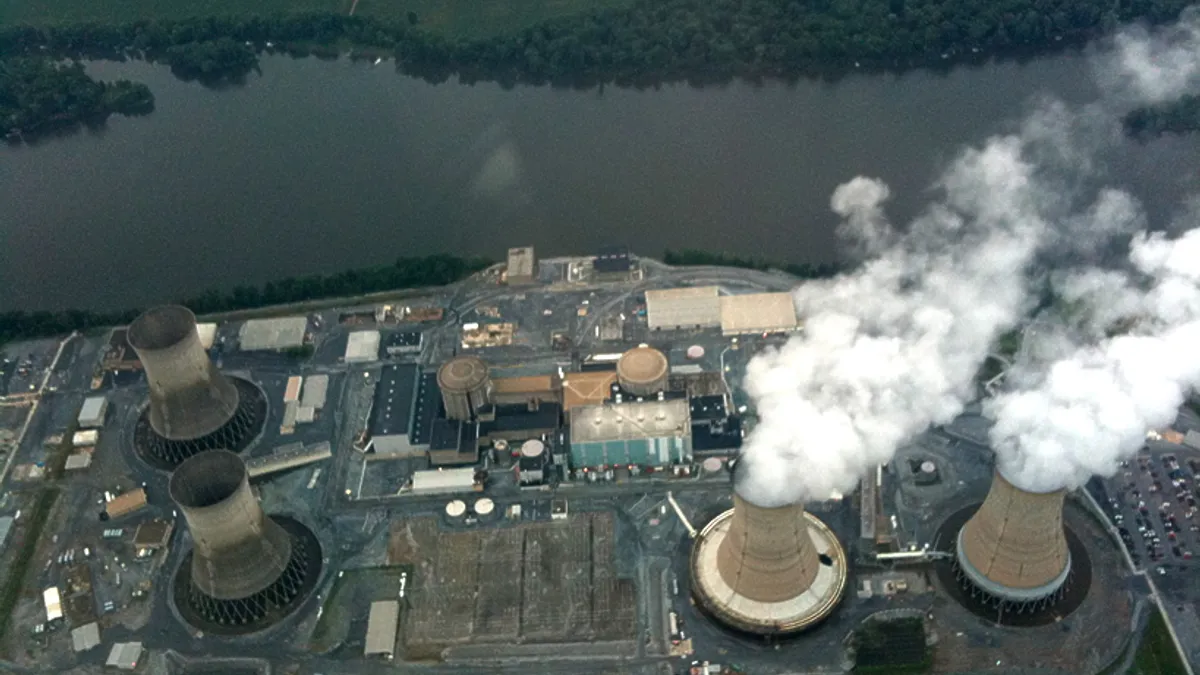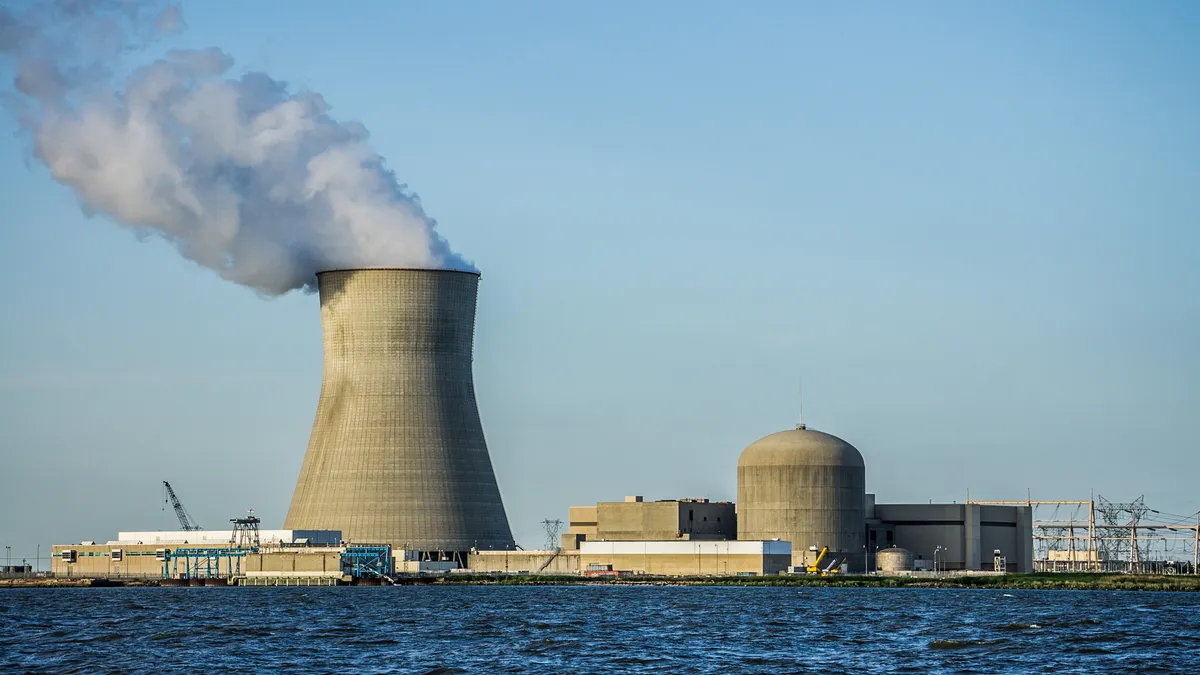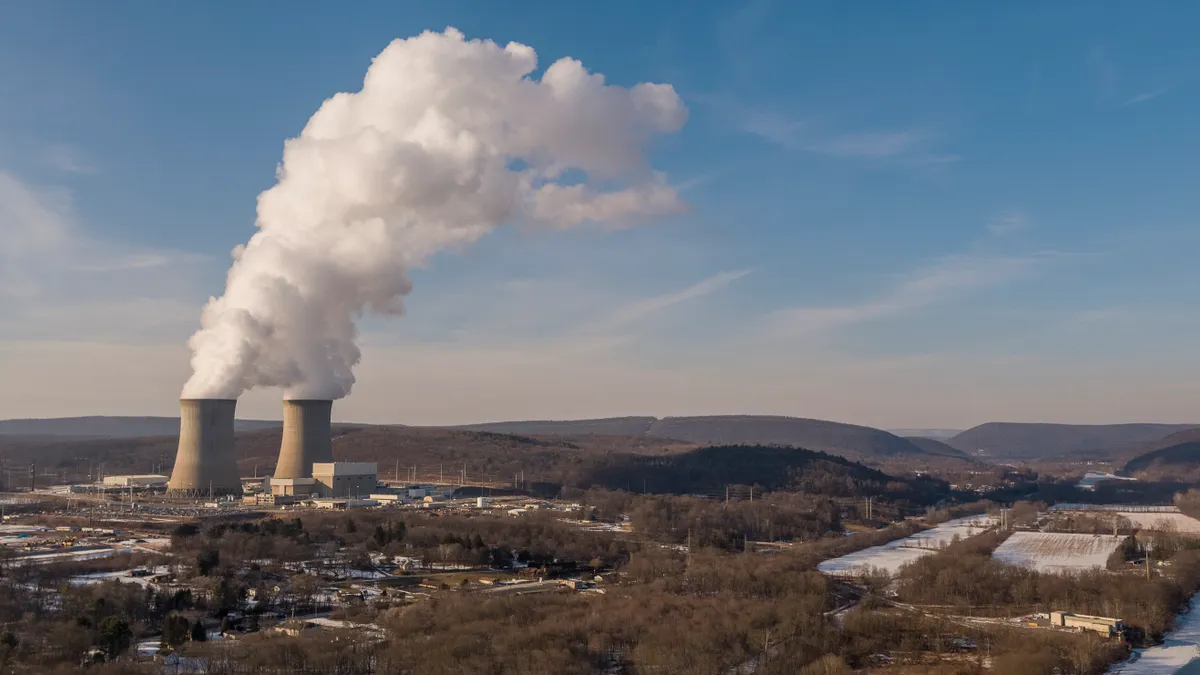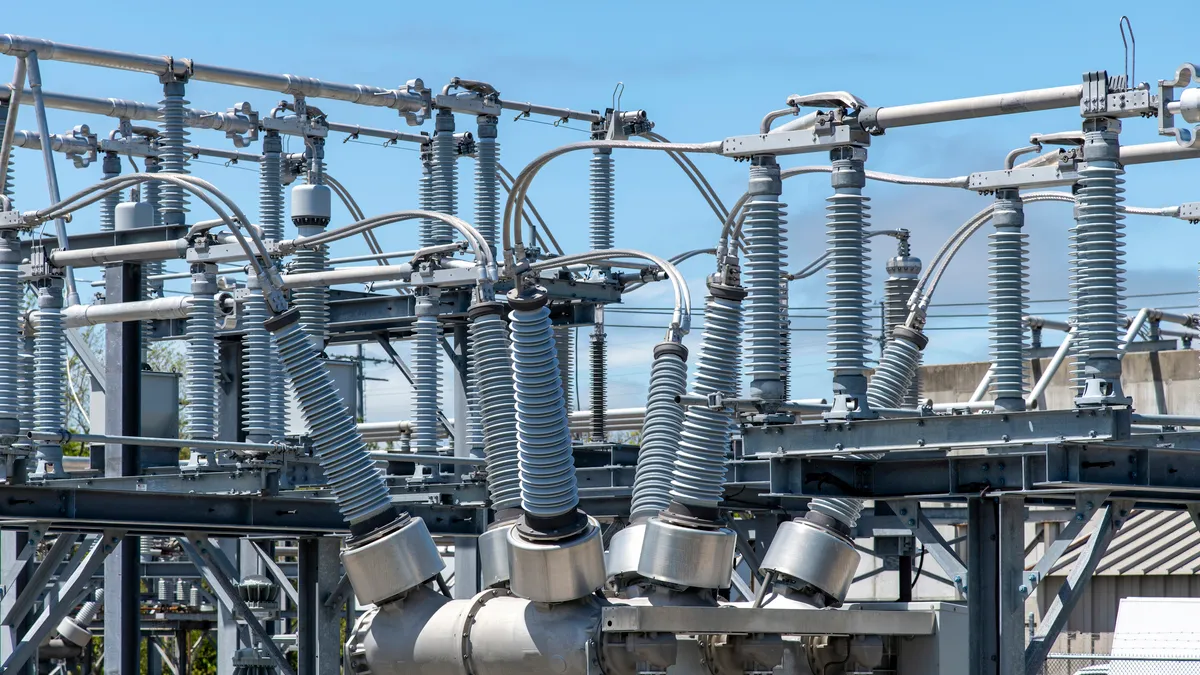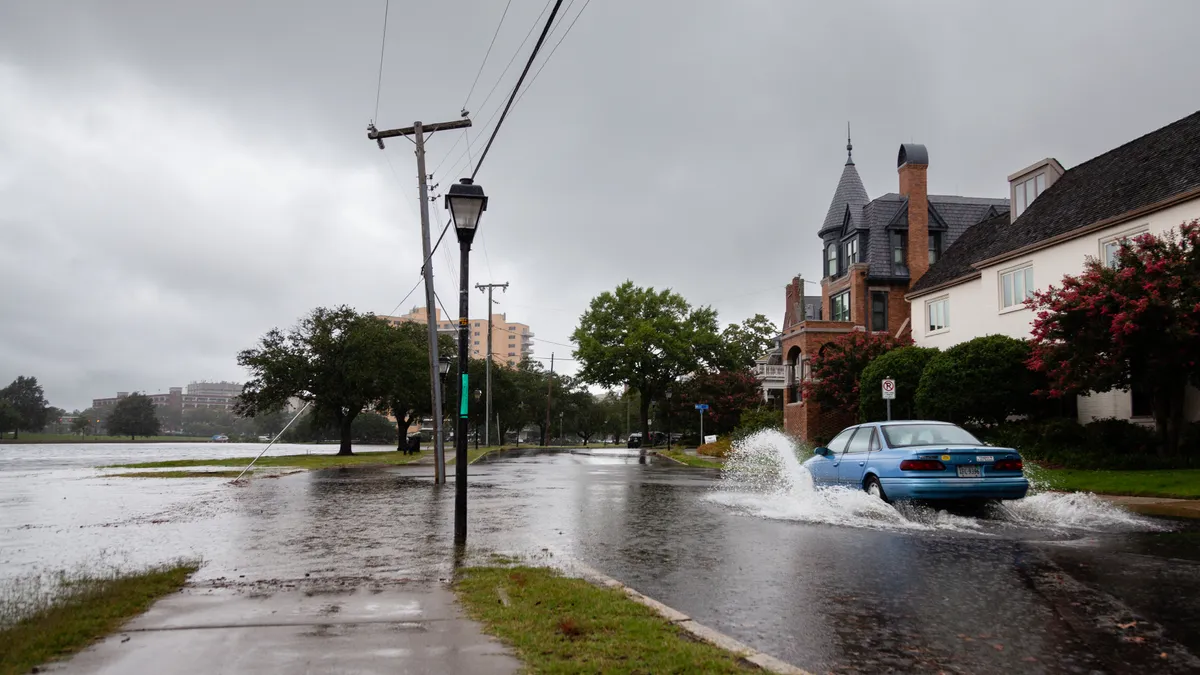A fat, slow-moving, 10-year-old duck threatens the U.S. power grid, despite the many engineering minds that have been and are still hunting it.
Ten years ago, researchers began thinking about the impact of rising renewables penetrations on the power system. They noticed solar creates a unique challenge because it can take over for less variable generation during the day but fades just when demand peaks in the evening.
Where solar penetrations rose fastest, power system operators and researchers saw increasing reason for concern. It led them to discover new levels of grid flexibility that are still taking shape.
What eventually became the duck was first noticed in graphs of power system load profiles where penetrations of solar photovoltaic (PV) generation were rising. The graphs were derived by National Renewable Energy Laboratory (NREL) researchers in February 2008. Their paper's simulations revealed how supply and demand curves would be affected by a then purely theoretical high solar growth.
By 2013, California was working toward its 33% renewables by 2020 mandate and California Independent System Operator (CAISO) engineers had done more detailed studies. They named the resulting graph the "Duck Curve" because the deep dip in midday demand for system power looked like a duck's belly when followed by a sharp evening demand spike that looked like a duck's neck and bill.
On Feb. 18, California's duck had its fattest belly ever when minimum demand dropped to a record-setting 7,149 MW midday low. On March 4, the duck held its head higher than ever with a record-setting three-hour evening ramp of 14,777 MW.
This is crucial because CAISO had projected no more than a 13,000 MW ramp and no less than a 12,000 MW minimum demand by 2020. The new numbers show the over-generation has gotten greater and the ramp has gotten steeper at much faster rates than the CAISO anticipated.
This doesn't mean the duck will eat the power system. Forward thinking engineers are successfully devising ways to control its appetite by discovering new power system possibilities.
The duck starts to quack
NREL Principal Analyst Paul Denholm led the team that did the original simulations as part of planning for "integration of significant quantities" of solar. The new load profile emerged when PV generation took up to 10% of annual electricity from conventional power plants on the western U.S. grid.
This new load profile reported by NREL revealed a new challenge for system operators, Denholm told Utility Dive. To use the midday output from high levels of installed solar, they would have to back conventional plants down so far that the fast ramp-up to meet peak evening demand would strain their operational capability.
The alternative was curtailment of solar generation, which solves that problem for system operators, but adds cost to solar and reduces its impact on emissions.
"Up to the 10% penetration case, the net load shapes created by PV appear to fall well within the operational capabilities," NREL concluded. At 2008's installed solar cost, 10% solar penetrations seemed far off. But Denholm and other NREL analysts saw cost reductions coming and began studying grid impacts of higher penetrations.
NREL's studies were likely the first modeling of high customer solar adoption, he said. "This weird shaped curve meant we needed to start thinking about the grid implications of high solar penetrations."
"We shouldn't confuse a challenge with an insurmountable problem. Engineers love challenges. The Duck Curve requires a new way of operating the power system. It doesn't mean we can't operate it that way."

Paul Denholm
Principal Analyst, National Renewable Energy Research Laboratory
Solar grew fastest in California. By 2010, CAISO was doing detailed minute-by-minute studies, according to Senior Renewable Energy Integration Advisor Clyde Loutan. In 2013, CAISO's work produced a load profile graph that looked even more like a duck. That's when the Duck Curve got its name.
"In 2008, when NREL wrote their paper, nobody knew solar would grow so big so fast," Loutan told Utility Dive. CAISO's 2013 studies revealed "the duck would require a fleet of solutions," Loutan said. "We realized that if we did not do something, the problem would get worse."
Sacramento Municipal Utility District (SMUD) is a publicly-owned utility independent of the CAISO grid. But as a California electricity provider, it faced many of the same forces driving solar growth, according to Distributed Energy Resources Manager Obadiah Batholomy.
"We started doing simulations of significant amounts of solar on our system in 2011 or 2012," he told Utility Dive. "We were starting to see solar costs fall on a trajectory that would mean a really significant uptake of solar and our research department was forecasting higher levels of solar than anything we had seen."
The same thing was happening in Hawaii, according to Colton Ching, Hawaiian Electric Companies (HECO) Senior Vice President for Planning and Technology.
It soon became urgent for HECO to think about how to deal with the Duck Curve for two unique reasons. First, the state's very high electricity prices were driving the fastest-rising U.S. rooftop solar penetration. Second, "Hawaii is an island and unlike California, we're not able to push excess generation into other markets. We had to solve the Duck Curve on our own."
Early answers
NREL began by studying system visibility and forecasting to address the Duck Curve, Denholm said. "NREL was among the first to understand that utilities and system operators need to know how much PV is on the grid and they need forecasts to know how much that solar will produce on a daily basis."
At the same time, NREL began to understand the importance of geographic diversity and market mechanisms, Denholm said.
Further Denholm-led 2015 NREL work identified two broader strategies to deal with the Duck Curve.
One was to "fatten" the duck by adding new but more flexible resources to the system. More flexible power plants can be backed down during the middle of the day and ramped up quickly in the evening as demand spikes. System operators can then use midday solar without the threat of being unable to meet the evening peak.
The other strategy was to "flatten" the duck by putting the solar over-generation to work. If loads are shifted to the midday and met with solar, less generation is needed to meet a less steep evening ramp.
NREL found there was "inherent untapped power system flexibility that could be tapped," Denholm said. That came from "a deep dive" into "how generators can be turned up and down" and "how to extract the maximum amount of flexibility from hydro resources."
New practices and technologies that "fatten and flatten the duck" could accommodate higher solar penetrations with less curtailment, the 2015 study showed.
The next solutions will come when demand response and flexible loads like electric vehicles and storage are more fully deployed to draw on consumer market forces, Denholm said.
That the Duck Curve is 10 years old and still a challenge does not mean "it can’t be solved or will break the grid," Denholm said. "We shouldn't confuse a challenge with an insurmountable problem. Engineers love challenges. The Duck Curve requires a new way of operating the power system. It doesn't mean we can't operate it that way."
As NREL was looking for solutions, CAISO engineers were seeing operational impacts of solar that set them on the same journey.
The big duck
"The Duck Curve has now become a reality," said CAISO's Loutan. "When we started working on it in 2013, it was a forecast."
It was meant to make two facts vivid, he added. Oversupply was coming and the steeper peak demand ramps that came with it would require more flexible generation.
As early as 2010, CAISO went to the North American Electric Reliability Corporation and the Federal Energy Regulatory Commission with proposals for technical solutions, Loutan said. Much of what it proposed, including voltage and performance controls, has become standard practice.
The Duck Curve also got the attention of market participants, Loutan said. Natural gas turbine manufacturers saw a market opportunity in producing units with faster ramping capabilities. Renewables developers saw they might avoid being curtailed if their projects included storage and other technologies capable of providing essential grid services.
"The Duck Curve tells a lot of stories," Loutan said. To address them in ways that support California's policy goals, CAISO developed a range of initiatives.
To minimize curtailment, CAISO is developing market rules that allow "effective participation by energy storage resources." It is also working to add demand response capabilities and managed electric vehicle charging to make consumer demand more flexible.
California's new time-of-use rates are expected to better match customer demand with times when solar is more abundant. New rules will allow traditional generators to be used more flexibly.
A final pair of CAISO initiatives address the system footprint. The existing western region energy imbalance market, which allows more real-time resource flexibility, is already expanding. If enabling legislation is enacted, CAISO will open its market to the other Western states, further extending geographic diversity and the flexibility that comes with it.
"If we had not seen the Duck Curve in 2013 and initiated this suite of solutions, we could face a lot more curtailment and performance issues by 2020," Loutan said.
But higher levels of solar penetration are coming and new, even more flexible system responses will be necessary, he added.
Smaller ducks in Hawaii and Sacramento
Ching said Hawaii's evolving solutions fall into two categories. They match NREL's fatten and flatten strategies.
"On the generation side, we are modifying our resource portfolio with flexible generators and battery storage," Ching said. "That will allow us to use fossil fuel generation at lower levels during the daytime to accommodate the growing level of solar and other renewables that are not controllable."
The "flatten" strategy addresses HECO's load. The utility is working to "either create new load during the daytime or shift load to the daytime that is currently at other times of the day," Ching said. That work includes new rate structures and managed electric vehicle charging.
“There's a better understanding of what solutions will work [to address the Duck Curve]. It is also becoming clear that it will be cheaper to have some curtailment than to try to save every electron.”

Obadiah Bartholomy
Distributed Energy Resources Manager, Sacramento Municipal Utility District
With new flexible generation and new battery storage in the works, HECO anticipates significant changes in its Duck Curve within two years, he added.
SMUD's Batholomy said his utility's resource planning focus has shifted to the role of distributed energy resources (DER) in demand flexibility. System studies show shifting "the right kind of loads to daytime can substantially reduce utility expenditures for battery storage and the costs to renewables owners of curtailment."
Because solar has become so cost-effective, SMUD no longer expects to eliminate curtailment completely, he added. The targets of investment can now be over-generation and the grid services that DER can deliver.
With the research, economic modeling and pilots that have been directed at the Duck Curve in the last few years, "there's a better understanding of what solutions will work," Batholomy said. "It is also becoming clear that it will be cheaper to have some curtailment than to try to save every electron."
Going all the way
Bartholomy said the challenge SMUD now faces is achieving its board's goal of 90% greenhouse gas emissions reduction by 2050. That means reducing the 45% to 50% of its electricity that comes from natural gas generation dramatically by 2050.
California lawmakers are also considering an increase of the state's renewables mandate to 100%, he added. "We do not assume anything, but these things suggest we probably need to be thinking about even faster growth trajectories for solar and other renewables than we were a few years ago."
HECO's Ching said Hawaii's 100% renewables by 2045 mandate means utility engineers "always have to take the view that there is more work to be done." Meeting the mandate will require "enormous amounts of solar in our portfolio and solar economics are driving us in that direction," he said.
But to limit the costs of battery storage, HECO must do more than solve for the Duck Curve, he added. "We need to find ways to make the greatest use of the energy on our system by building daytime loads."
NREL's Denholm said that solving for the Duck Curve is just the beginning. "Integrating 50% renewables is way different than going from 50% to 100% renewables," he said. More system flexibility will be vital because "fluctuations are going to get worse."
It will be a fundamental transformation of the power system that has "barely started," he added. System operators and their computers will be responding to a distributed intelligence made up of the internet of things and tens of millions of computers interacting with each other.
"We absolutely cannot be complacent because we haven't solved all the problems," Denholm said. "We don't know how to do 100% renewables. That's the simple fact."








